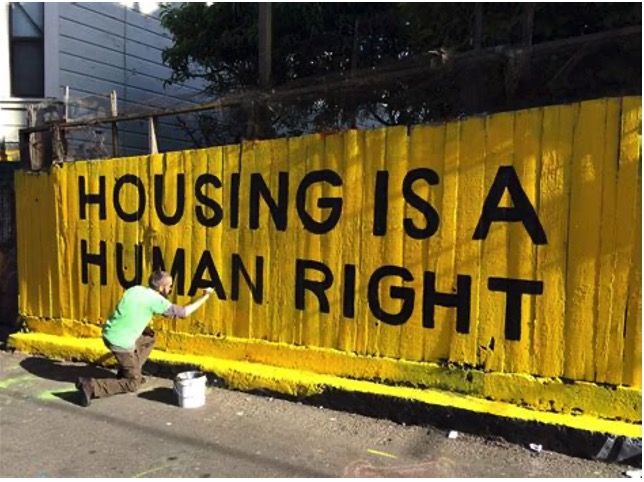Comments
PLANNING WATCH - Human Rights Watch had published a remarkable 344 page report on the criminalization of homelessness in Los Angeles. “You Have to Move: The Cruel and Ineffective Criminalization of Unhoused People in Los Angeles.” It is a must read, especially if:
- You see For Rent signs in your neighborhood yet wonder why the media repeatedly tells you that LA has a housing shortage.
- You see more people quietly living in their cars, yet local news stories report record spending on homelessness.
The report is extremely detailed and supports many of the arguments I have made in previous Planning Watch columns. These are its main points:
Conditions
- Over 75,000 people are unhoused in Los Angeles County, including over 46,000 in the City of Los Angeles, the official one-day “Point in Time” estimate for 2023, a 10 percent increase from 2022. While Los Angeles has 1.1 percent of the US population, it has 7.1 percent of the nation’s unhoused. Houselessness is caused by a lack of available affordable housing for low-income people with little wealth. Housing costs have increased dramatically in recent years, while working-class wages have stagnated.
- Most of LA’s homeless live on the streets, in tents, or in vehicles, not in shelters or interim housing. On average over six unhoused people die every day on LA’s streets.
- Despite comprising less than 8 percent of the population, Black people make up one-third of Los Angeles’ unhoused people.
Criminalization
- Los Angeles heavily criminalizes unhoused people. This approach makes many unhoused people disappear from sight, but it does not solve houselessness.
- Criminalization is implemented by the Los Angeles Police Department through arrests, citations, and other coercive actions.
- Some laws that the LAPD enforces specifically target unhoused people, like LA Municipal Code section 41.18, which forbids people from living in certain public spaces. Other laws, like banning drinking alcohol in public or regulating activities in parks, are exclusively applied to unhoused people.
- From 2016 through 2022, 38 percent of LAPD arrests and citations were of unhoused people, including nearly 100 percent of all citations and over 42 percent of all misdemeanor arrests.
- LA’s Bureau of Sanitation enforces laws against unhoused people by routinely conducting “sweeps” in which they destroy homeless encampments and the personal possessions of the unhoused, including their tents, bedding, clothing, medicine, vital papers, and family photographs.
- The Los Angeles Homeless Services Authority (LAHSA) helps homeless people get into shelters, interim housing, and some into permanent housing. LAHSA, however, violates its own “guiding principles” against criminalization by participating in the sweeps, even though they only provide shelter to 10 percent of those rounded up.
Causes and Consequences
- When housing is treated as a commodity, rather than a human right, it results in scarcity. Over half a million renters in Los Angeles do not have access to affordable housing, in my view a legacy of ending HUD and CRA public housing programs, beginning 50 years ago.

- Interim shelter temporarily moves people indoors but is not an effective housing solution because it ignores the human right to housing. It is expensive and rarely leads to permanent housing. Yet without permanent housing unhoused people get stuck in shelters and interim facilities, or they return to living on the streets.
- Almost 60 percent of renters and 38 percent of homeowners --over 720,000 households-- in Los Angeles are “cost-burdened.” They pay over 30 percent of their income for housing, and over half are severely cost burdened, paying over 50 percent of their income. Furthermore, 270,000 Los Angeles households are overcrowded.
- Affordable permanent housing, including “permanent supportive housing” for those who need it, has been successful in reducing houselessness. If available, it can be cost-effective and dramatically improves people’s lives and communities.
These are my three take-aways from this report, although some of my conclusions are extrapolations:
First, the termination of public housing programs in the past directly causes homelessness today, including in Los Angeles.
Second, wage stagnation, combined with up-zoning, mansionization, and corporate purchases of housing as investments, makes a bad housing situation even worse.
Third, the criminalization of houselessness is an admission that treating housing as a commodity, not a human right, is a failed housing policy.
(Dick Platkin is a retired Los Angeles city planner who reports on local planning issues for CityWatchLA. He is a board member of United Neighborhoods for Los Angeles (UN4LA). Previous Planning Watch columns are available at the CityWatchLA archives. Please send questions to [email protected] .)
















